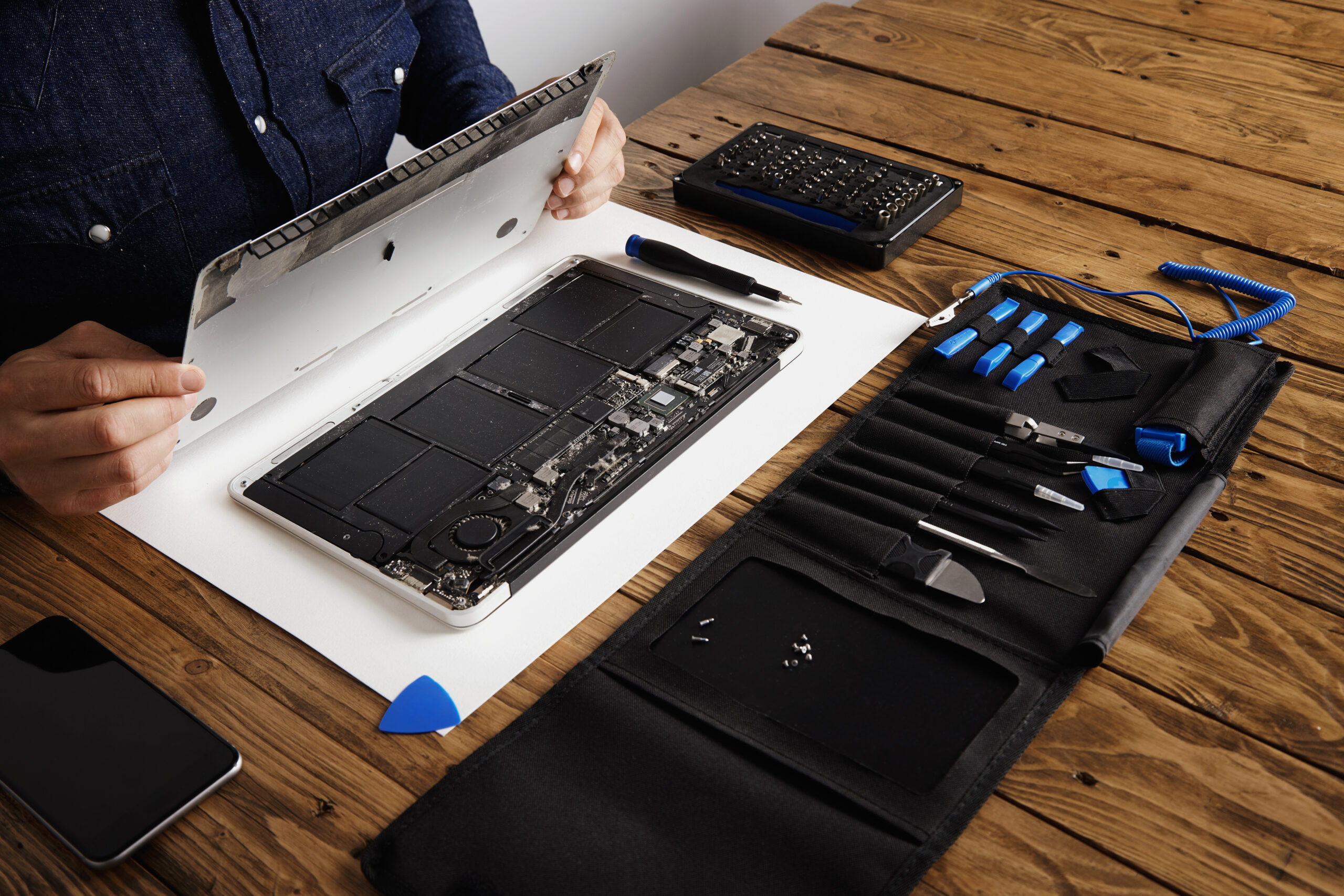In the year 2017, a development that intertwined biology with computing saw biocomputers developed from human brain cells go up for rent for as low as $500 per month. It holds promise as an unprecedented shift like computing, which could offer flexibility, speed, and scalability as never before. We should discover what biocomputers are, how they work, and what potential new applications could be created with this type of technology already at such a low cost.
What Are Biocomputers?
A biocomputer is a type of computing device that uses biological parts, in this case, cells in the human brain, to compute. Traditional computers are based on silicon chips, while biocomputers utilize the machinery of living cells as their base. Neurons are some of the most suitable structures for this purpose because they are formed of human brain matter and are capable of processing and storing massive amounts of information while creating networks.
In these biocomputers, neurons are produced in a Petri dish and wired together to create a living computer. They are capable of handling and solving a problem close to how the human mind functions and involve parallel processing.
The Advantages of Biocomputers
Biocomputers offer several key advantages over traditional computers:
- Unparalleled Processing Power: Human neurons are some of the most compute-intensive cells in the human body. Though a bio-computer, the neuronal network is much more efficient at handling large-scale parallel processing of perception, learning, and adaptation tasks than supercomputers.
- Energy Efficiency: A neuron functions with bioelectric signals hence biocomputers are more efficient in power use compared to silicon computers. This could mean greatly reduced power consumption for operations involved in data processing, which is always a boon, especially with rising costs in energy as well as the growing concern over the environment.
- Adaptability and Learning: As opposed to traditional computers where the program possesses predetermined instructions for its function, a bio-computer is capable of learning or evolving. This makes them ideal for applications that continuously learn and make improvements over time like Artificial Intelligence and Robotics.
- Biocompatibility: Since biocomputers are constructed from biological components of the human body, they can directly interface with human bodies due to their biocompatibility. This has opened up possibilities in healthcare, especially in biotechnology, where researchers are working on more sophisticated prosthetics and brain-machine interfaces.
Renting Biocomputers: Democratizing Access to Cutting-Edge Technology
The offer to make biocomputers available for rent while charging only $500 per month is a rather uncautious move designed to make the technology more accessible to the general public. In the past, only large organizations, universities, and government organizations could afford to acquire sophisticated computing systems because of the costs. However, by making biocomputers available at a cheaper price than they used to be, companies that are still in their infancy, small companies, and individual researchers can now harness this powerful tool.
In exchange for $500 a month in rent, occupants are provided a bio-computer that can perform difficult computations. This allows for opportunities for growth in numerous areas such as artificial intelligence, biotechnology, neuroscience, and creative industries like gaming, and animations. These applications can be used as simple artificial neural networks that allow researchers to test different algorithms and the possibilities of machine learning without relying on expensive setups.
Potential Applications of Biocomputers
The potential applications of biocomputers are vast and varied. Here are a few areas where this technology could have a transformative impact:
- Artificial Intelligence (AI): Biocomputers can improve existing artificial intelligent systems through the incorporation of a more naturalistic approach to learning and decision-making. They could be used to develop highly effective artificial neural networks resembling human thought processes, resulting in enhanced and more sophisticated AI and ASI.
- Medical Research: It was suggested that biocomputers could help in the simulation of complicated biological systems, for example, the brain or disease processes. This could fast-track the discovery of new drugs to treat neurodegenerative diseases such as Alzheimer’s and Parkinson’s diseases.
- Robotics: Their flexibility and ability to learn makes them suitable for controlling self-driving vehicles. These robots could update their actions based on the current environment, which is helpful in complex and constantly changing fields.
- Creative Industries: Biocomputers could then generate more complicated patterns, music, or pretty visual art, thus broadening the creativity aspect. They could also complement VR and gaming industries by stimulating realistic neurological feedback.
Ethical Considerations and Challenges
Thus, with the emergence of biocomputers, there are great opportunities before people, but at the same time, new ethical concerns. The integration of human brain cells into computational machines may lead to some controversy as it is highly unethical to use human parts in technology. It implies some minor problems such as the origin of human cells, possible consciousness in biocomputers, and the effect of such means on society as a whole.
There are also technical barriers that need to be addressed; Biocomputers are deterministic and self-repairing, but they need constant care and supervision from those with extensive knowledge of biology and computers to maintain their functions and keep them running smoothly.
Conclusion
Human brain cell biocomputers can be considered as the greatest achievement in computing. Some of these machines cost as much as half a million dollars, but making these devices accessible for rent at only $500 per month, has made this technology accessible as a starting point for new creations and developments. The approaching world of biocomputers should not be viewed just as a futuristic promise and a source of innovative solutions but with careful consideration of ethical and technical issues that might appear in the future. The future of computing might just be alive and this is now for rent if you please.



